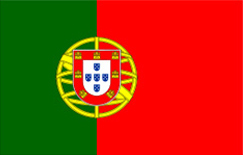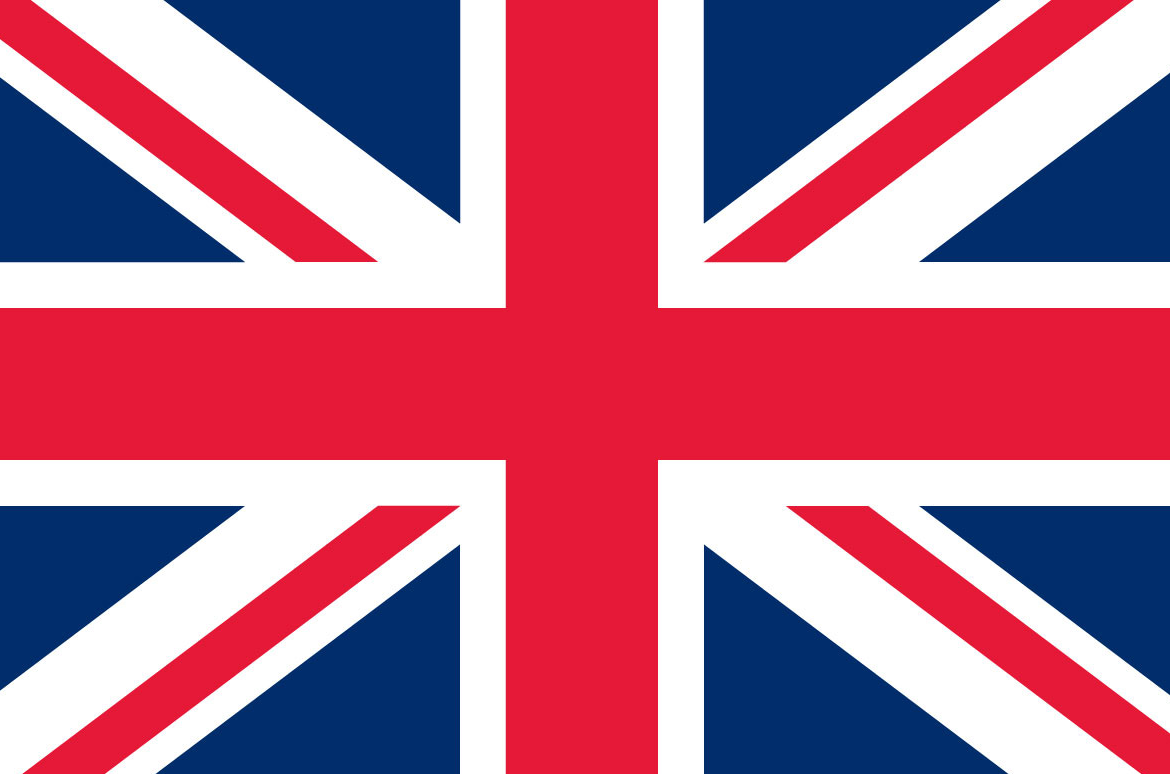Resource Conservation Policy
The main objective of the resource conservation policy is to maintain populations of species of commercial interest at sustainable levels of exploitation
Resource Conservation Policy
Breadcrumbs
- Fisheries
- Fisheries
- Professional Fishing
- Local and Coastal Fisheries
- Resource Conservation Policy
![]() Under current regulations, resource conservation measures include
Under current regulations, resource conservation measures include
Total Allowable Catch (TAC)
They limit the maximum amount of fish that can be caught from each specific stock in a given period of time. The quotas available for Portugal and the activity conditions established by the Regional Fisheries Organizations are covered, in each year, in European Union regulations.
- For 2023, Regulation (EU) 2023/194, of January 30, amended by Regulation (EU) 2023/730, of march 31, establishes, in relation to certain fish populations or groups of fish populations, including deep-sea species, the fishing opportunities and associated conditions applicable in Union waters and, for Union fishing vessels, in waters where catch limitations are required. In addition to quotas, this regulation incorporates certain technical measures.
Technical measures for the conservation of fishery resources and protection of marine ecosystems
Regulation (EU) No 2019/1241 of the European Parliament and of the Council of 20 June 2019,amended by Commission Delegated Regulation (EU) 2020/2013 of 21 August 2020, systematized management measures and repealed several other regulations, including the basic regulation for technical measures (Regulation (EC) No 850/98).
In order to implement the landing obligation, the current measures were simplified, without substantive changes to the current rules, and the framework for the protection of marine ecosystems and the promotion of selectivity of the arts was improved. Supplementary measures can be approved through simplified Delegated Acts procedures.
The regional approach of this regulation made it possible to accommodate the specificities of resources and fisheries in the various European areas, and those relating to the Portuguese mainland are listed in Annex VII. Most of the current measures are maintained, including the minimum landing sizes, which are now designated the minimum conservation reference sizes, while the minimum sizes established in Portugal also remain in force when more restrictive than European legislation.
In addition, the boxes in the Azores and Madeira are also maintained, for the protection of sensitive ecosystems, as well as the Norway lobster box of Sines and hake in Arrifana.
With regard to the protection of ecosystems, the possibility of implementing national measures that can be extended to other Member States through delegated acts is foreseen, in accordance with Regulation (EU) No 1380/2013
Regulation (EU) No 2016/2336, which regulates the fishing of deep-sea species, contributes to ensuring the long-term conservation of these stocks, as well as preventing significant adverse effects on vulnerable marine ecosystems.With the publication of Ordinance No 10/2021, of 8 January, the regime applicable to fishing authorizations for deep-sea species, listed in Annex I of the aforementioned Regulation, was established.
Commission Implementing Regulation (EU) 2022/1614 of 15 September 2022 defines in Annex I the existing deep-sea fishing zones and establishes in Annex II a list of zones that harbor or may harbor vulnerable marine ecosystems.
Pursuant to paragraphs 1 and 9 of Article 9 of Regulation (EU) 2016/2336 of the European Parliament and of the Council of 14 December 2016, fishing with bottom gear - all gear that comes into contact with the bottom - carried out at depths greater than 400m is prohibited in all areas listed in Annex II of Implementing Regulation (EU) 2022/1614 of the Commission, of 15 September 2022, which can be consulted here and the coordinates here.
Council of Ministers Resolution No. 1/2024, of January 5, created the Recife do Algarve Marine Natural Park – Pedra do Valado (PNMRA-PV), with the objective of protecting biodiversity and sustainable resource management in one of the richest areas of the Portuguese mainland coast which includes the largest coastal reef in the Algarve, with unique natural values in the context of the Portuguese coast.
In this context, fishing was limited to vessels with a specific license under the jurisdiction of the General Directorate of Natural Resources, Security and Maritime Services (DGRM), in accordance with the attribution criteria established by order of the members of the Government responsible for the areas of conservation of nature and fisheries, recently published (Order no. 2182/2024 of February 27). The list of vessels currently licensed to operate in the PNMRA-PV can be consulted here.
![]() In terms of resource management, the following European Union regulations should also be mentioned
In terms of resource management, the following European Union regulations should also be mentioned
Regulation (EC) No 1185/2003, of 26 June, amended by Regulation (EU) No 605/2013, of 12 June, which prohibits the removal of shark fins on board of vessels, and authorizes the fins to be partially cut and folded against the carcass to facilitate storage on board.
Regulation (EC) No 520/2007, of 7 May 2007, which establishes technical conservation measures for various stocks of large migrants.



